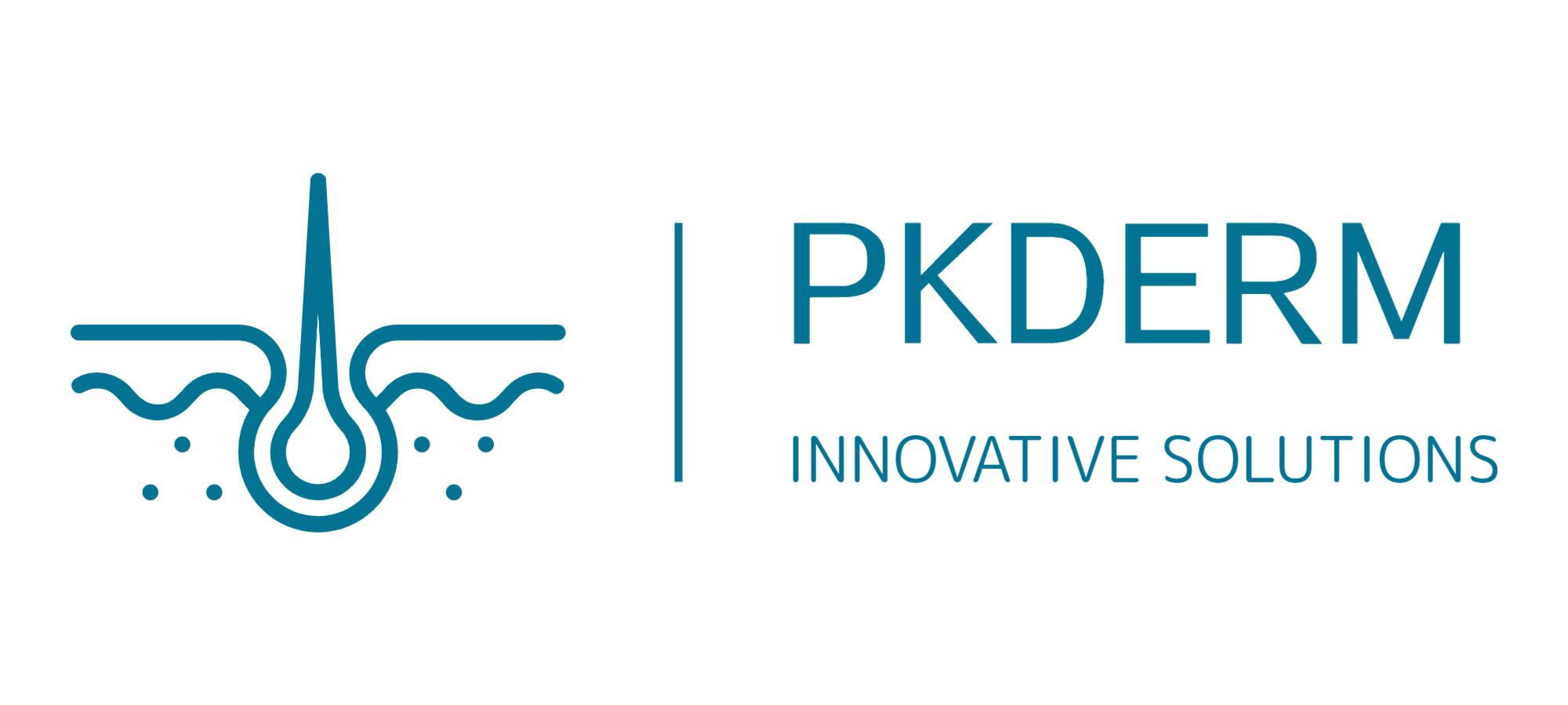OpenTox Virtual Conference 2021 Session 8 Summary
In this session, we will learn about diverse applications of different predictive toxicology tools, methods, and frameworks in environmental, preclinical, clinical, and biomedical assessments and research projects. Within the scope of collaborative predictive toxicology applications, the broad objectives are reduction/elimination of animal testing and costs, use of alternative tools and technologies with increasing speed and accuracy, and regulatory acceptance. The first talk will focus on recent developments in the OECD’s Quantitative Structure-Activity Relationships (Q)SARs Assessment Framework. The second talk will focus on stem-cell-derived in vitro tool TeraTox and its application in predicting human teratogenicity. TeraTox is a newly developed multi-lineage differentiation assay using 3D human induced pluripotent stem cells. The third talk will focus on in vitro test battery for organochlorine mixture toxicity assessment on the male reproductive system. The final talk will focus on the assessment of antimicrobial and antibiotic contamination of aquatic bodies and its effect on experimental model species Daphnia magna.
CV: Asish is a toxicologist and a human health risk assessment specialist with Health Canada. My interdisciplinary areas of expertise include toxicology, human health risk analysis, and data fusion tools and methodologies. Current major publications include Information Resources in Toxicology (2019, fifth edition) and a major reference work - Encyclopedia of Toxicology (fourth edition, to be published) as part of the Elsevier’s Reference Collection in Biomedical Sciences. Asish is one of the Editors-in-Chief for the journal – Global Security: Health, Science and Policy.


